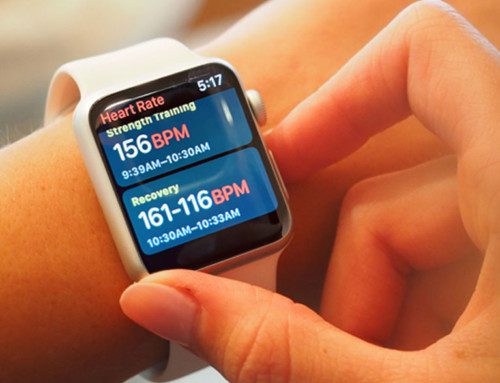Sleep is so important to our health, and we’ve preached many times to make sure you’re getting enough of it. Not only is it good to feel restful, but it can also help with managing your pain, preventing injuries and optimizing performance, especially with weight lifting!
We know that it can be hard to get a full 8 hours of good quality sleep every night, but what happens when we consistently restrict our sleep? One study measures the effects on sleep restriction (SR) (5 hours or less sleep per night) for nine nights on female athletes and resistance training [1].
These are the results this study found in the SR group compared with a controlled group who received 7+ hours of sleep per night.
- Slower execution of lower body compound lifts by 15%.
- Slower back squat performance by 7%.
- Increase in salivary cortisol (a stress hormone) by 42%.
- Increased total training distress in the SR group by 84%.
- Expanded session perceived exertion by 11%.
What does this mean?
This study demonstrates how consistent sleep deficits can hinder performance in resistance training by increasing stress hormones in the body resulting in training sessions feeling more challenging. In addition, the participants with SR executed their lifts with slower velocities, which in this case, is not optimal for performance.
Sleep is a huge factor for healthy training and exercise. It can also help prevent injuries. If you need tips on how to get better sleep, check out our other blog post, Poor Sleep Increases Pain: How Physical Therapy Can Help.
If you like to learn more about how sleep can affect pain, feel free to reach out to one of our physical therapists at SetPT. Happy sleeping and happy moving!
Sources:
- KNOWLES, OLIVIA E.1; DRINKWATER, ERIC J.2; ROBERTS, SPENCER S. H.2; ALEXANDER, SARAH E.1; ABBOTT, GAVIN1; GARNHAM, ANDREW1; LAMON, SÉVERINE1; AISBETT, BRAD1. Sustained Sleep Restriction Reduces Resistance Exercise Quality and Quantity in Females. Medicine & Science in Sports & Exercise: December 2022 – Volume 54 – Issue 12 – p 2167-2177. doi: 10.1249/MSS.0000000000003000





